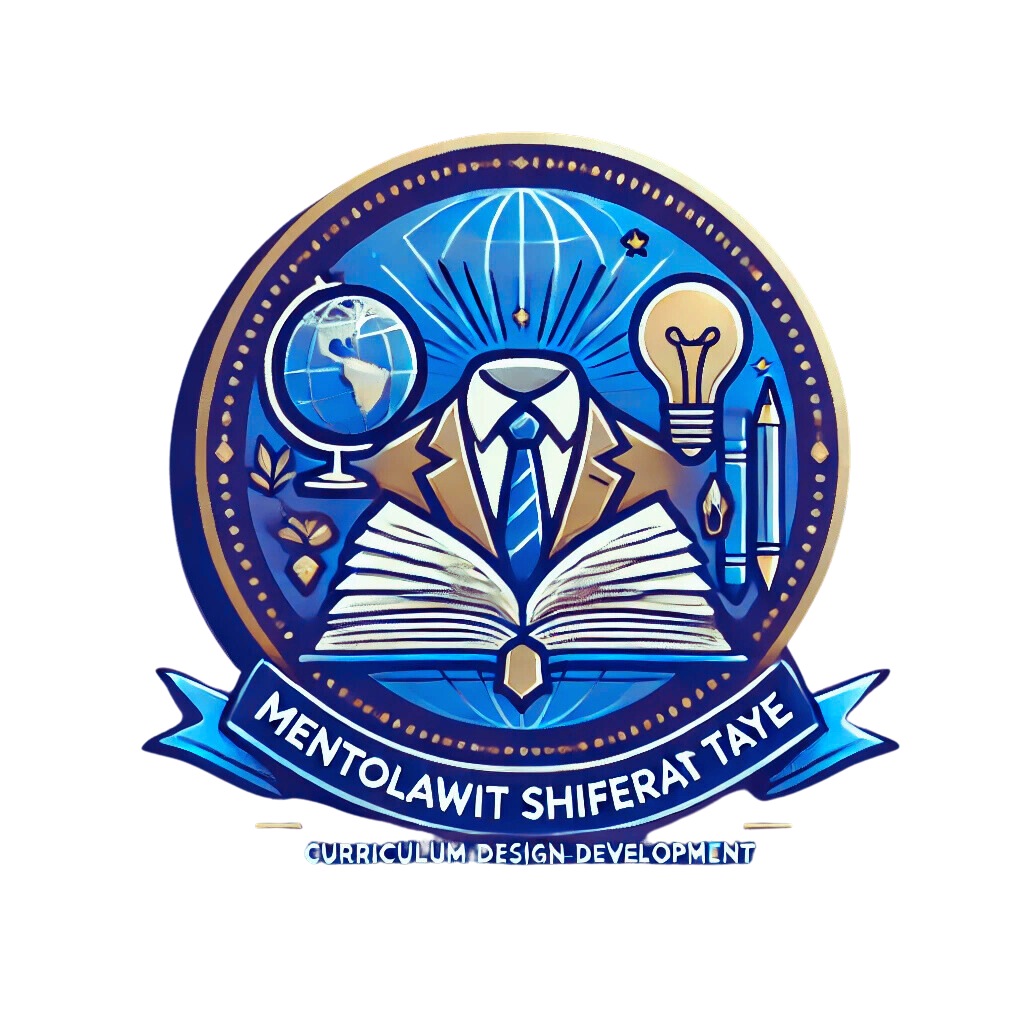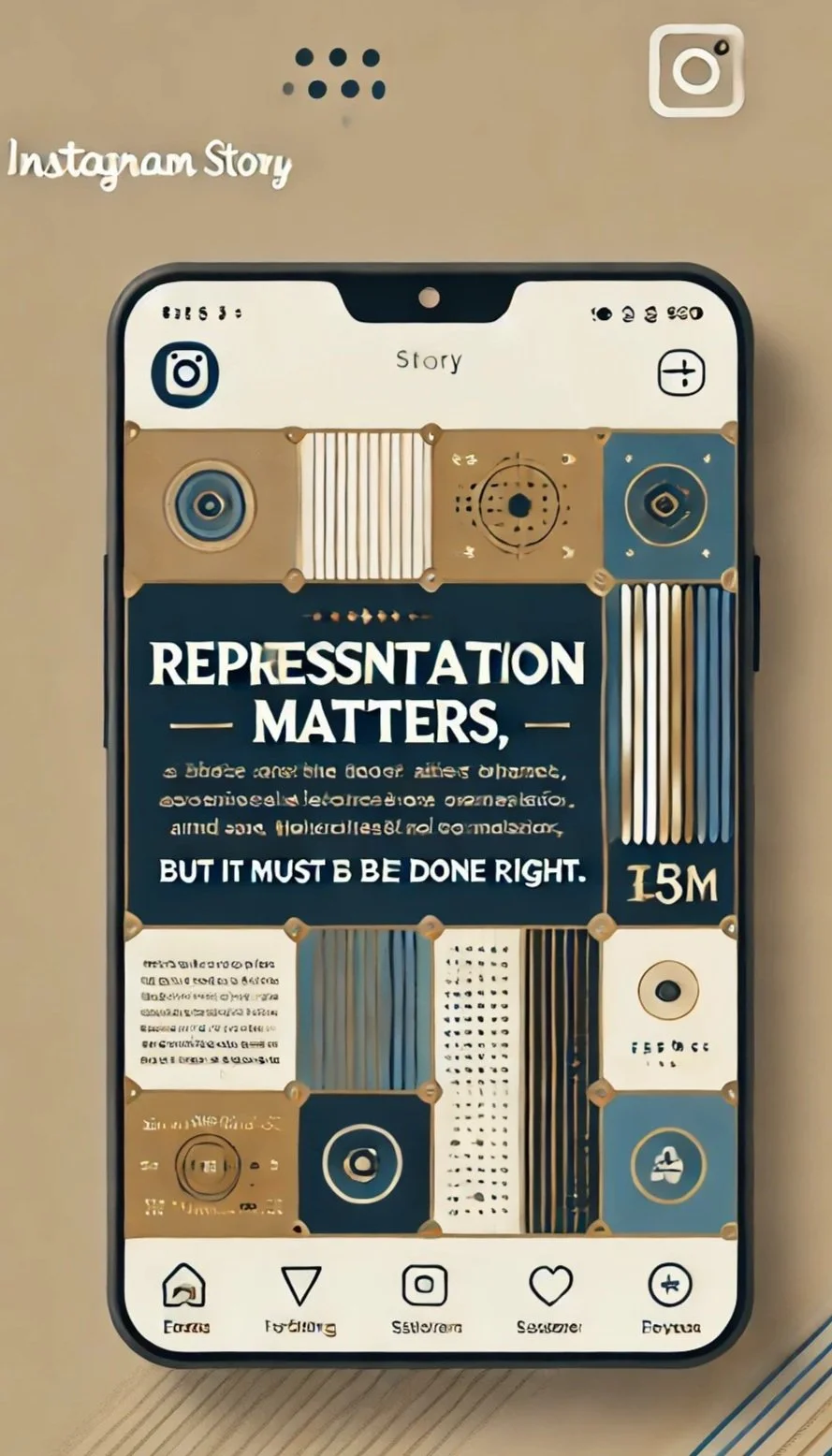When Representation Misses the Mark: A Reflection on My Son’s Classroom Experience
When Representation Misses the Mark: A Reflection on My Son’s Classroom Experience
"Mom, did you have to walk miles to get water when you were little?"
My son asked me this after a reading circle in his fourth-grade class. His teacher had chosen a book about an Ethiopian girl walking long distances to fetch water. And as an Ethiopian American, my son sat there, listening—processing what this meant about his own heritage.
The problem? I never had to fetch water. I grew up in the Ethiopian capital city with running water, education, and privilege. But my son—born and raised in the U.S.—was now left wondering if his mother’s childhood looked like the generalized struggles portrayed in that book.
I understand the importance of teaching gratitude. But was this book truly culturally responsive, especially for the two Ethiopian heritage students in the room? Wouldn’t it have been more meaningful to choose a book that reflected a broader and more accurate narrative of Africa?
Representation in literature matters—especially in schools. But when educators default to single-story narratives, we risk misrepresenting entire cultures while reinforcing outdated stereotypes.
A Personal Story That Sparks a Bigger Question
In third grade, my middle son sat in his classroom’s reading circle, following along as his teacher read aloud from a book about an Ethiopian girl walking miles to fetch water. As an Ethiopian American, my son listened—processing what this meant about his own heritage. And at some point, he must have wondered: Did my mother grow up like this? Did she have to walk for water too?
Only I didn’t. Like many urban Ethiopians, I grew up privileged, with running water, access to education, and experiences that didn’t match the narrative being presented to my son and his classmates.
The book’s message was clear: Be grateful for what you have, because others don’t have as much. I understand the importance of gratitude, but the bigger question is: Is this kind of representation actually helping children understand cultural diversity, or is it reinforcing narrow, stereotypical views?
The Issue with a Single Story About Africa
The classroom experience my son had isn’t unique. Too often, African stories in American schools focus on poverty, struggle, or lack—perpetuating the idea that Africa is a continent of suffering. Rarely do these books show modern cities, innovation, or the diverse cultures that make up African countries.
This is the problem with what author Chimamanda Ngozi Adichie calls "The Danger of a Single Story." When students are repeatedly exposed to one narrative about a place or culture, they internalize it as the only truth.
✔ Where are the books about Ethiopian scientists, entrepreneurs, or artists?
✔ Where are the stories about urban life in Addis Ababa, tech hubs, and cultural festivals?
✔ Why do educators often default to books that reinforce outdated, generalized narratives?
Meanwhile, these same schools ask families to participate in canned food drives and gently used clothing collections for underserved communities here in the U.S. If the goal is to teach children about gratitude and privilege, wouldn’t it be more relatable to choose a book about struggling families in their own communities?
Why Culturally Responsive Teaching Matters
Books shape how children see the world—including how they see their classmates. When educators fail to consider the impact of representation, they unintentionally:
✔ Make children of that background feel othered—Instead of seeing their rich, complex heritage reflected, they see only a story of struggle.
✔ Give classmates an incomplete view of the world—Reinforcing outdated, simplistic, or even misleading narratives.
✔ Miss the opportunity to foster real cultural awareness—Diversity in literature should be truly representative, not just reinforcing what’s comfortable or familiar.
Representation isn’t just about including books about different cultures—it’s about choosing the right ones that provide a balanced view of a place or people.
How Schools Can Do Better
✔ Choose books that reflect a full range of experiences, not just struggle narratives.
✔ Incorporate diverse perspectives from multiple African countries and cultures.
✔ Use modern stories that showcase real, everyday life in places beyond Western perspectives.
✔ Train educators on culturally responsive teaching so they can critically evaluate the messages books convey.
✔ Expand gratitude and privilege lessons beyond the default third-world stereotype—there are struggles and triumphs everywhere.
Conclusion: Representation with Intention
This is not about avoiding stories of hardship or struggle. It’s about balancing them with stories of success, resilience, and everyday life. It’s about broadening the lens so that children of diverse backgrounds can see themselves reflected accurately—and their peers can understand their world more fully.
My son left that lesson wondering if his mother once had to walk miles for water. What if, instead, he had learned about Ethiopia’s rich history, its cities, or its contributions to the world?
Representation matters. Let’s make sure we’re getting it right.
Have you seen culturally unbalanced narratives in schoolbooks? What are some better book recommendations? Let’s discuss!
#Education#CulturallyResponsiveTeaching #RepresentationMatters #DiverseBooks #InclusiveEducation


